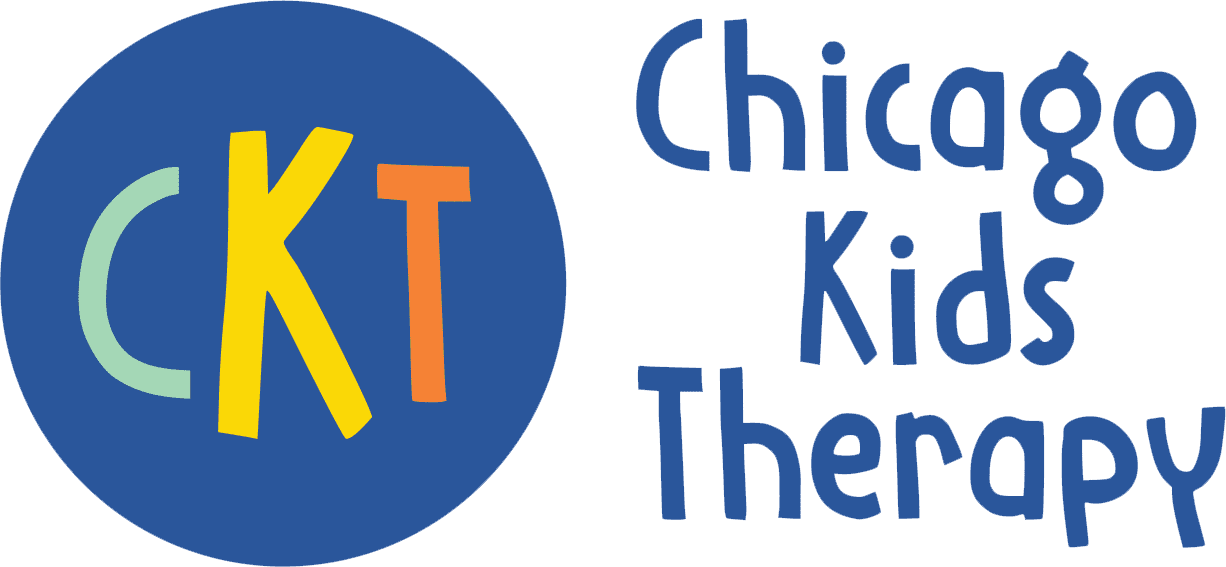Pediatric therapists work in a variety of settings, including hospitals, outpatient clinics and private practices, schools, client homes, and via teletherapy.
Hospitals
Physical therapy may be a part of a child’s inpatient hospital stay. Pediatric physical therapy in the hospital setting can be for premature newborns, at-risk infants, infants with congenital heart disease, children hospitalized for acute illnesses, brain trauma, or other surgeries. Treatment may occur in the child’s room, the hallway, or a therapy gym.
Outpatient Clinics & Private Practice
Children may attend therapy in an outpatient clinic or private practice. Sessions tend to be about an hour long and may occur weekly or daily. The clinics have many pieces of equipment and play structures to promote gross motor activity.
Schools
Some schools have their own therapists onsite or have them travel to multiple schools to provide services during the school day. Therapists can assess and make recommendations in the classroom for the child and also work on specific skills to progress towards their academic goals and ensure they can navigate their indoor and outdoor school environments safely.
In home
Pediatric physical therapists can travel and have evaluations and treatment sessions in the child’s home. The therapist may bring resources/materials to use during treatment and may also use toys and equipment from the child’s home.
Teletherapy
Pediatric therapy can occur via online video conferencing. The physical therapist leads the child and parents through activities, exercises, and positioning. This is a great way for families to really be involved in their child’s treatment.
Diagnoses Treated With Physical Therapy
Pediatric physical therapists treat children with a wide range of conditions. Your doctor may recommend physical therapy based on a diagnosis they have made or based on general observations of your child. Once a consultation or evaluation is made a pediatric physical therapist will review your child’s medical history, discuss the child’s abilities and movement patterns with parents, and perform age appropriate assessments of motor tasks. Physical therapists can also diagnose conditions if necessary. Based on this, treatment is then tailored to each individual child. Some may require treatment for short periods of time while others may require treatment for a more extended period.
Orthopedic Diagnoses
- Hip Dysplasia
- Arthrogryposis (congenital joint contractures)
- Scoliosis
Autoimmune Disorders
- Juvenile Arthritis
Developmental Disorders
- Autism Spectrum Disorder
- Cerebral Palsy
- Fragile X Syndrome
Postural/Positional Deviations
- Torticollis
- Idiopathic toe-walking
- Plagiocephaly, brachycephaly, and scaphocephaly (flatness on the child’s head)
- Genetic Disorders
- Spinal Muscular Atrophy
- Down Syndrome
- Muscular dystrophies
- Other genetic syndromes
Neural Diagnoses
- Cerebral Palsy
- Spina Bifida
- Brachial Plexus Injury
- Meningitis
- Seizure Disorders
- Spinal Cord Injuries
Equipment Recommendations and Training
- Prosthetic and Orthotic Training
- Adaptive Equipment Training
Other
- Gait Abnormalities
- Hypotonia (Low muscle tone) and Hypertonia (high muscle tone)
- Generalized muscle weakness
- Developmental Coordination Disorder
- Traumatic Brain Injury
- Prematurity
- Other Birth Defects/Complications
